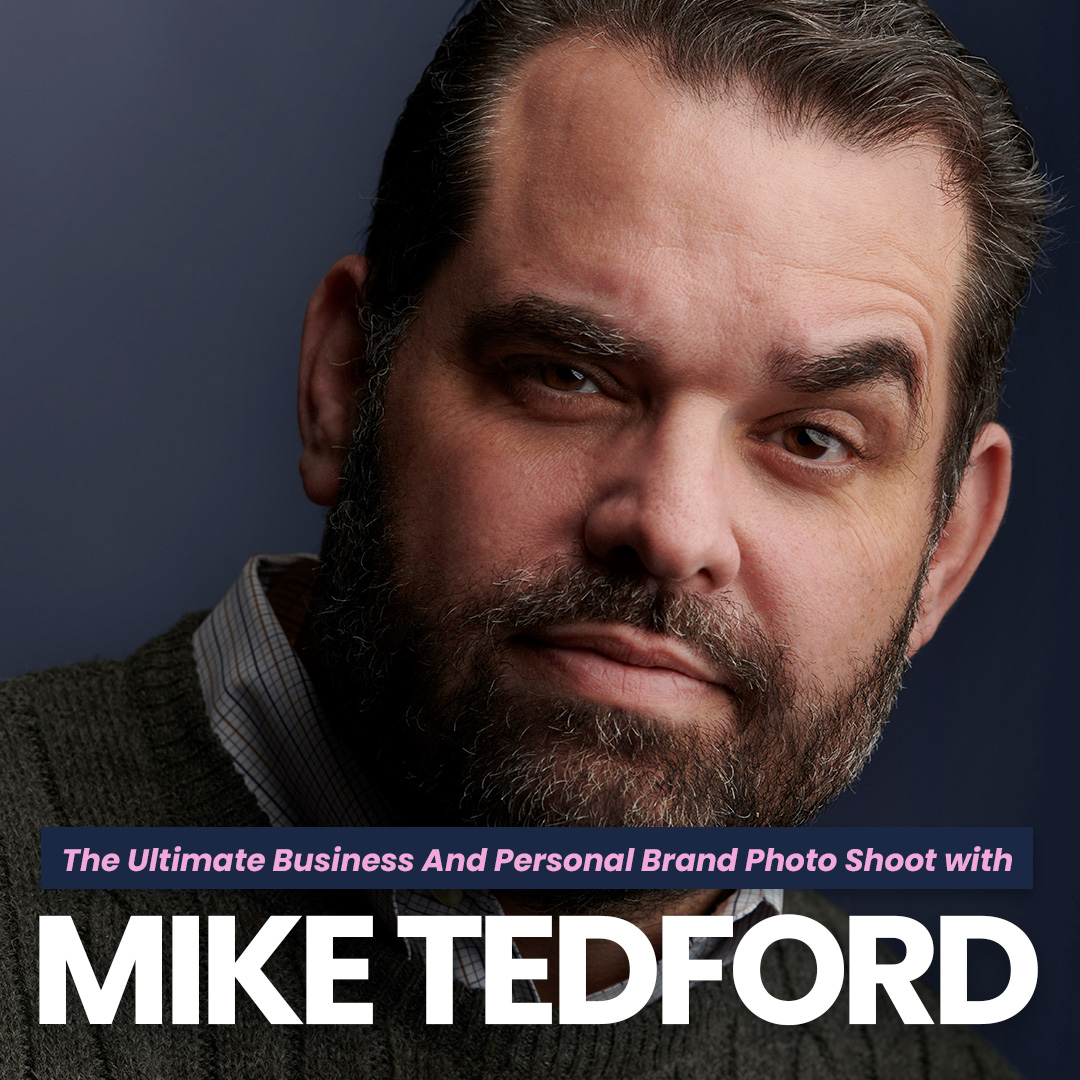In today’s episode, Clarence talks with professional photographer Mike Tedford about how to have a successful business or personal brand photo shoot. Here are some of the fascinating things you will hear in this episode:
- Simple ways to get good results with do-it-yourself photos.
- Proven techniques to project a natural smile.
- How to take great professional photos, even if you don't feel good about yourself.
And much more…
It's been said that your brand is a visual representation of who you are. So listen here to find out how to put your best face forward and represent yourself in the best way possible.










